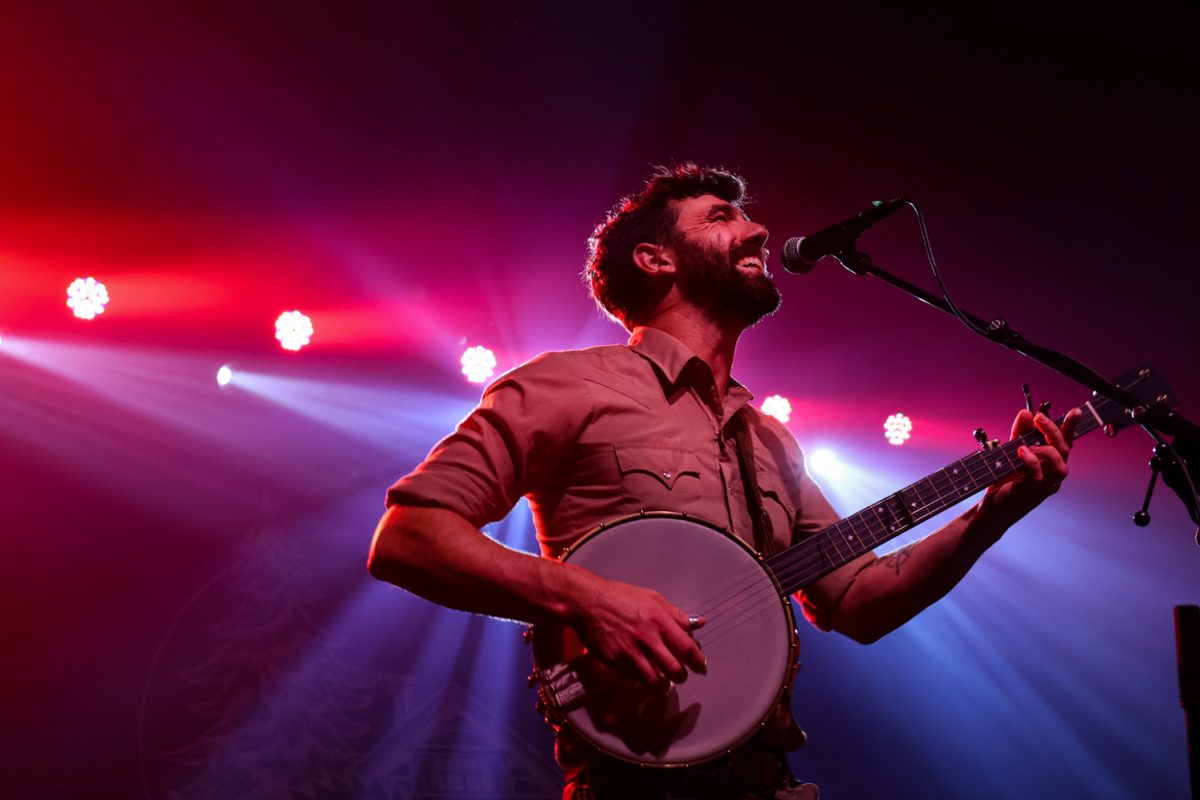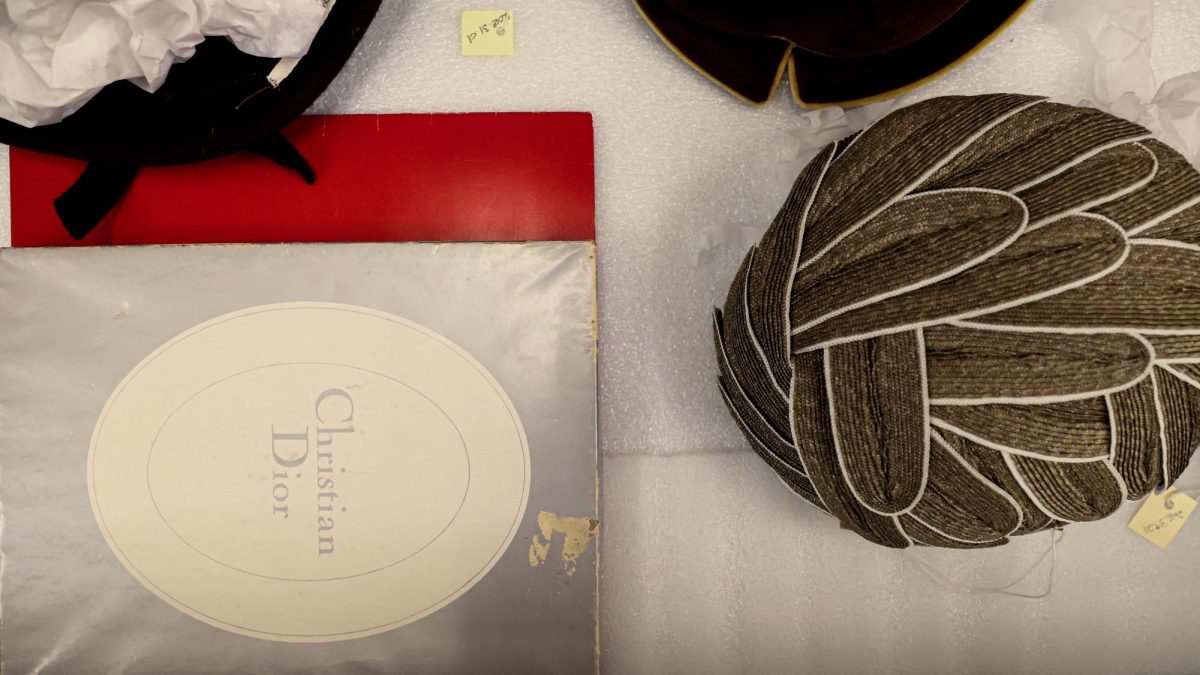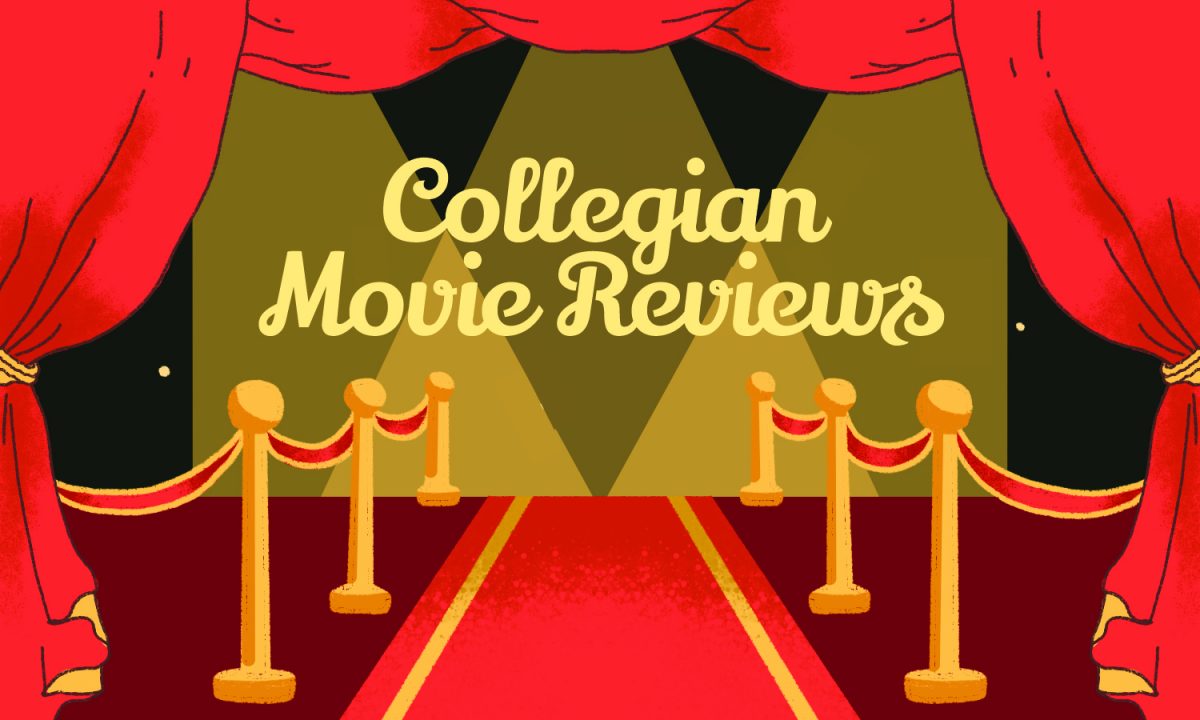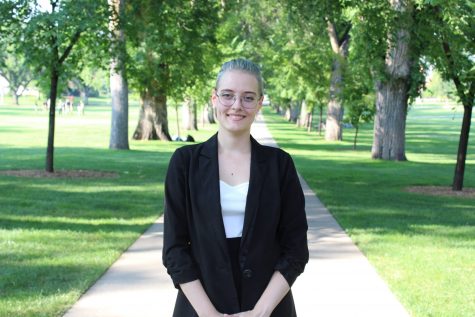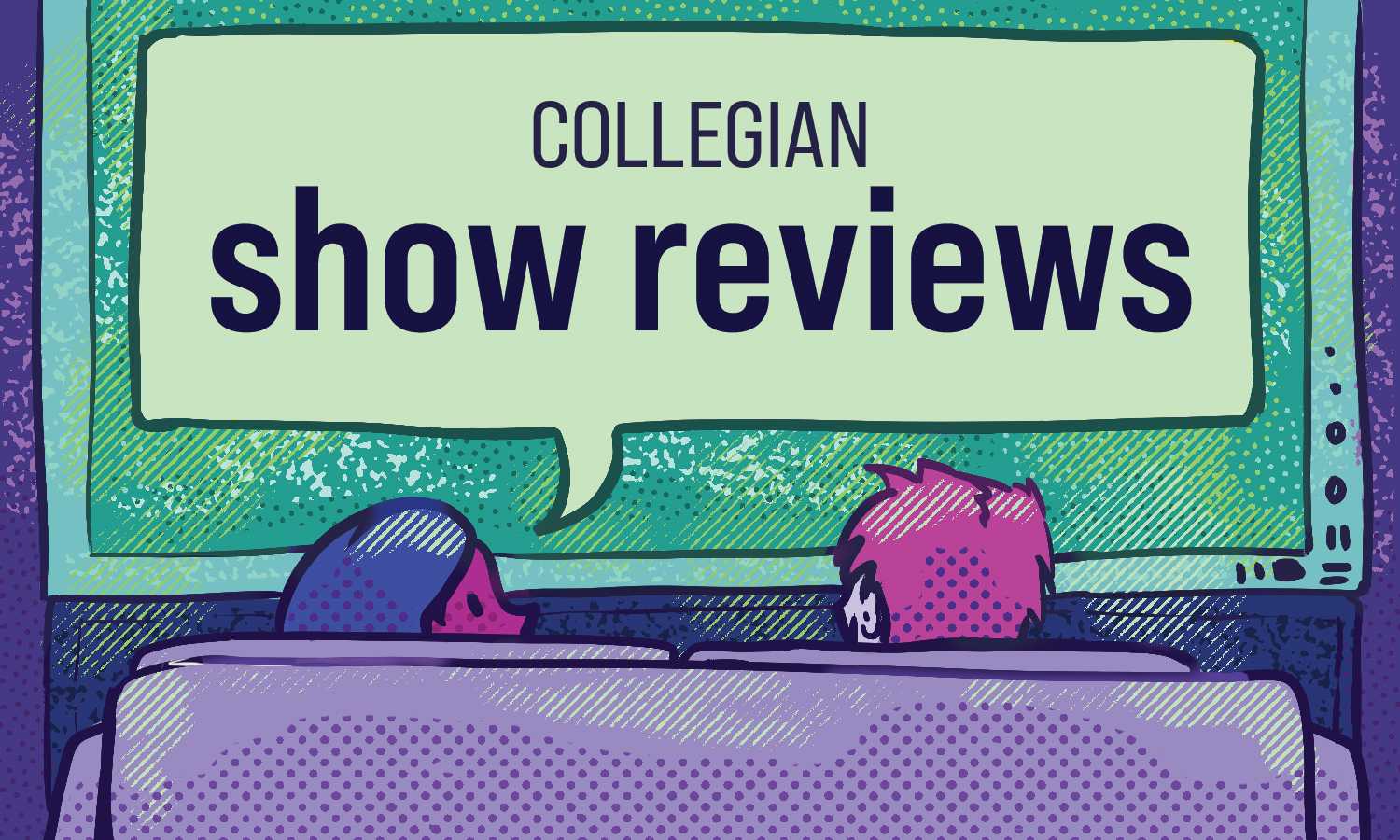
In 2020, a year that will go down in history as relentless and miserable, we found only embers to light our way. One of these was post-apocalyptic adventure cartoon “Kipo and the Age of Wonderbeasts.”
Co-produced by DreamWorks Animation Television, Kipo landed on Netflix on Jan. 14, 2020, as a part of its Representation Matters Collection. It has three seasons, each with 10 episodes, and is based on the 2015 webcomic by Radford Sechrist. Despite it excelling in almost every aspect considered important to any TV show, it doesn’t get the credit it deserves.
In my three-part review, I break down exactly what makes this show so good in each season by every few episodes and how Kipo naturally addresses diversity and orchestrates a beautiful, subtle narrative around mental health.
Beware of spoilers!
Episodes 1-3
Kipo is set 200 years after 2020. Humans live underground and the “mutes” on the surface have mutated — meaning pigs have more eyes or snakes now talk and play in rock bands. Humans and mutes have a mutual hatred for one another. We begin the series with Kipo Oak getting separated from her people, who live in a burrow. We learn later that it was destroyed by a “Mega Mute.”
While not all-encompassing, the first few episodes introduce several colorful and memorable characters: Kipo, the optimistic 12-year-old protagonist; Mandu, an adorable four-eyed, six-legged pig; Wolf, the hardened, bad*ss sidekick; Benson Mekler and Dave, the classic comedic duo; Jamack, an ambitious and spiteful suit-wearing frog; and the Timbercats, tough lumberjack felines.
These episodes also establish the feel-good nature of the show. Kipo is targeted toward children, but with writing and themes so mature, that’s easily forgotten. So if you’re looking for something lighthearted — and well-done at that — this is perfect.
Putting aside the clear quality we’re dealing with, the aesthetics capture the hearts of Kipo viewers first. The show is vibrant and stunning. Most cartoons have some drawn background, but the colors and soft paint strokes of Kipo invoke a sense of calm.
The soundtrack is revolutionary, ranging from pop to rap to acoustic to rock. The show takes both existing recorded songs, many by underground Black artists, and an inventive soundtrack by Daniel Rojas with additional musical performances from the voice actors. In episode two, pop and hip-hop music couple with creative action sequences. In episode three, the Timbercats sing a folk song about their revered leader, Yumyan Hammerpaw — and frankly, it’s a banger.
Episodes 3-6
The next episodes shift to developing the rocky but earnest friendship of the main five — Kipo, Wolf, Benson, Dave and Mandu — as they attempt to work as a pack and trust each other.
As for the main antagonists, Jamack’s redemption arc begins at episode five. Meanwhile, the continued mention of a certain Scarlemagne and his plans for humans indicates the show’s layers. In episode six, we finally meet him and see a scarred, clever mandrill who uses his pheromones to control human minds. Indeed, this show for children still has dark undertones.
Midway through episode six, we also get a touching and honest scene between Kipo and Benson. Kipo admits she has feelings for him and, while touched, Benson states he’s gay. It’s not overblown, there’s no insincere focus on his sexuality and most importantly, Kipo, after a moment of embarrassment, immediately understands: “Thank you, though, for just, I don’t know, being you? … I think I’m just trying to say I’m glad we’re friends.”
And that’s just it: Kipo mastered the art of true representation. Two of the protagonists, Wolf and Benson, are Black. Benson is gay, and we later meet other LGBTQ+ characters. And the most refreshing part of this is that they don’t single these identities out — these characters simply exist just as they would in the real world. We instead look for the themes in the subliminal messages, as we should with fiction.
Episodes 7-10
As we wrap up season one, the story gets deeper. We see walls characters built crumble as they become more vulnerable with each other. We watch the systematic rallying of mutes against humans, led by Scarlemagne, notably donning colonial-era clothing as he points to a human under his charge: “This is how all humans should be — obedient.”
On the opposite end, we witness the beginning of Kipo’s series-long campaign to unite humans and mutes. Jamack’s redemption arc continues when he lets Kipo and her friends go and grapples with his individuality and shattered ambitions.
The season finale sees Kipo finding her father and the rest of her burrow. We see a healthy father-daughter relationship, Benson develop a crush on a boy named Troy, Wolf’s isolation with people who haven’t had to survive on the surface and one of the best original songs of the series, “Purple Jaguar Eye.”
In some of the final moments, we see Kipo is steadily, seemingly transforming into a jaguar with a giant paw that can lift concrete while Scarlemagne pays them a visit and kidnaps Kipo’s dad.
If not for that cliffhanger, the substance of the first season alone feels like enough because Kipo is such a well-rounded and incredibly written show.
In the following parts, I’m going to discuss how it specifically tackles mental health and adds unpredictable layers to its compelling tale. In the meantime, “Kipo and the Age of Wonderbeasts” is available for streaming on Netflix.
Renee Ziel can be reached at entertainment@collegian.com or on Twitter @reneeziel.



